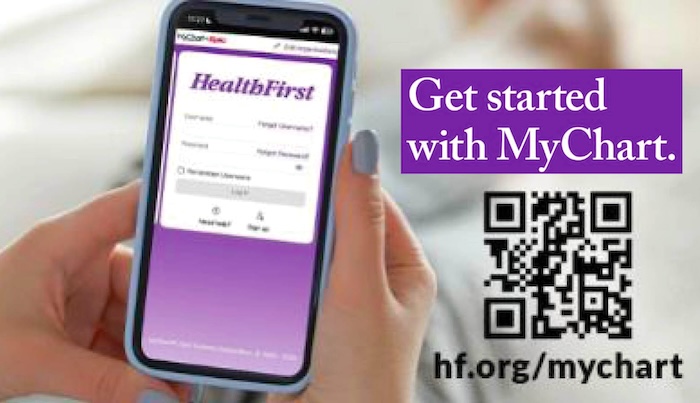What to Know About GST? What are the Expectations in 2020?
By Space Coast Daily // February 19, 2020

It is 2020 and the latest changes have been made in GST.
The alterations in the realm of indirect tax regimes continue to stay the main concern for business. you know the most recent amendments to the Companies Act, which were made in the year 2019, the fresh set of GST rules on returns and e-invoicing, the eligibility test and also that of registration of independent directors, and separation of roles of chairman and managing director are amidst the main submission challenges before corporate India in this current year 2020.
You can find changes in gst update today and every day because the concept of GST is trending and greatly fluctuating constantly.
Actually, it won’t be wrong to state that there is an ever-expanding catalog of compliance requirement, coupled with the current ones. and these are undoubtedly expected to keep organizations and businesses on their toes across the year.
Professionals feel the recent instances of fraud and financial indiscretions have played their part in impelling the government to take steps that have never been taken or expected.
What to know about GST?
GST Registration is something that is mandatory in case the business turnover in a financial year exceeds Rs.40 lakh (in case of the stock of goods) and Rs.20 lakhs (in the instance of the supply of services).
Once any company does registration for GST, the entity is going to be given a fifteen-digit unique number that is known as GSTIN. GSTIN has actually replaced the TIN (Tax Identification Number) that was assigned to all service and goods providers registered under the realm of VAT.
In GSTIN, the foremost two digits range from 01-35 indicating the state codes, the next ten digits are actually PAN number of the entity, then the thirteenth digit showcases the count of other GST registered entities along with the same PAN, the fourteenth digit displays the default letter Z as stated by the Government. The last and the fifteenth digit is a random number and it is simply for check code.
What to know about Rate of tax for service or well (HSN code or SAC code)
You know once the entity get GST registered, the next step is to discover the rate of tax and that needs to be charged on the services and goods that are to be supplied.
You can do such a thing by visiting the GST website. Also, keep in mind that the tax rate on goods is always given along with its HSN Code, wherein HSN (Harmonious System of Nomenclature) is a kind of code that is given to that specific good or class of goods. Likewise, for services, the tax rate is always given along with its SCN code.
For a right and proper levy of GST rates, the right HSN or SAC Code (Service Accounting Code) is essential during the time of Return filing. Of course, things do keep on changing and that is the reason you should keep yourself updated with the latest news on GST bill.
Charging GST on invoice: CGST, SGST, IGST
Once you have registered GST, the GST has to be charged on the invoice that has been issued along with the GST Number. The GST number has to be properly, and compulsory mentioned by every taxable person.
They have to give the taxable services. In case of any type of supply inside the state (aka Intra-state supplies) the supplier would need to charge CGST & SGST/UTGST, and if there are supplies that are outside the states (Inter-Sate Supplies) on the regarded invoice.
Giving GSTN number for every purchase to claim ITC
In order to entitle the Input tax credit for the purchase done or for the services paid, the entity needs to provide its correct GST number to the vendor, and it is mandatory. Nobody can dodge this thing in any way.
Payment of GST and filing returns
Then the eventual and the final step is to pay the tax and then file the returns on the GST portal. All taxpayers would have to file returns monthly and pay the taxes monthly.
However, in case of tiny taxpayers (turnover of up to like Rs. 5 crores) might even file the returns quarterly however the tax payment needs to be formed up monthly. Also remember that under the fresh Return System, there would be one chief return GST RET-1 and then 2 annexures GST ANX-1 and also GST ANX-2. You have to be really updated and informed about everything.
Are there types of GST?
You know, on the basis of the kind of transaction, there are generally four kinds of GST. viz. Central Goods and Services Tax (CGST), then State Goods and Services Tax (SGST), then there is Integrated Goods and Services Tax (IGST), and finally, there is also Union Territory Goods and Services Tax (UTGST).
Central Goods and Services Tax
It is charged on intrastate supply of any products and services. The Central Government taxes CGST and it is ruled by the Central Goods and Services Tax Act. CGST has efficiently and effectively replaced all the past Central taxes like Central Excise Duty, Service Tax, Customs Duty, SAD, CST, etc. It gets charged to taxpayers coupled with SGST.
State Goods and Services Tax
It gets charged on the sale of products or services inside a state. The State Government is accountable for the levy of SGST. This tax substitutes all the previous taxes like Entry Tax, Entertainment Tax, Value Added Tax, State Sales Tax, cesses, and even surcharges.
Integrated Goods and Services Tax
It gets charged on inter-state transactions of any products and services. It gets levied on imports. The Central Government gathers IGST and distributes it amidst states. IGST is charged when goods or services get transferred from one state to another.
Union Territory Goods and Services Tax
It gets levied on the supply of products and services within any of the Union Territories, viz. Andaman and Nicobar Islands, Dadra and Nagar Haveli, Daman and Diu, Lakshadweep, and Chandigarh. UTGST gets levied along with CGST.
Conclusion
So, if you want to stay updated about the latest news about GST, then you should check out www.business-standard.com website. A platform that keeps you ahead and updated about everything.
Whether business, sports, corporate world, entertainment or anything; it gets you the latest and authentic information.
CLICK HERE FOR BREVARD COUNTY NEWS













